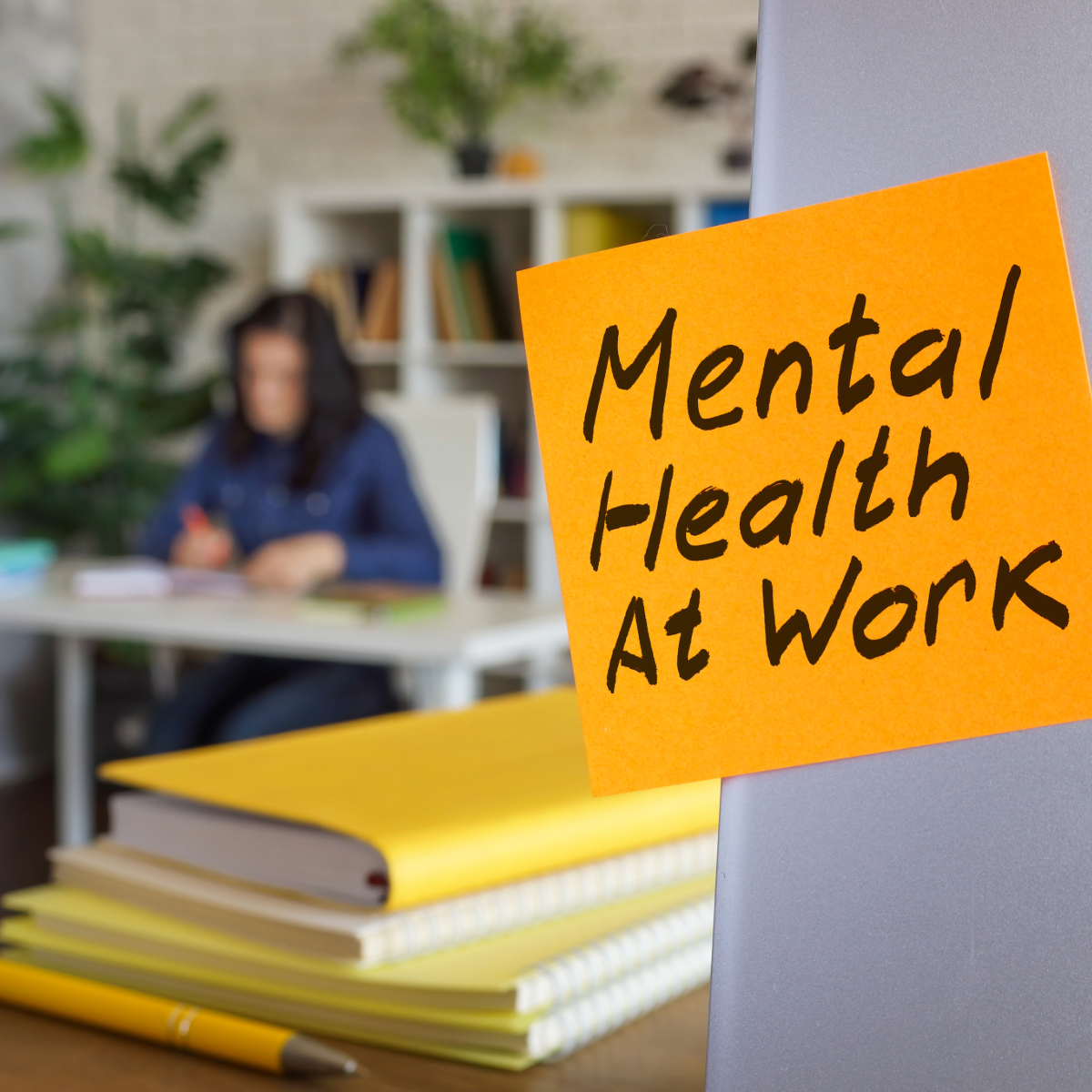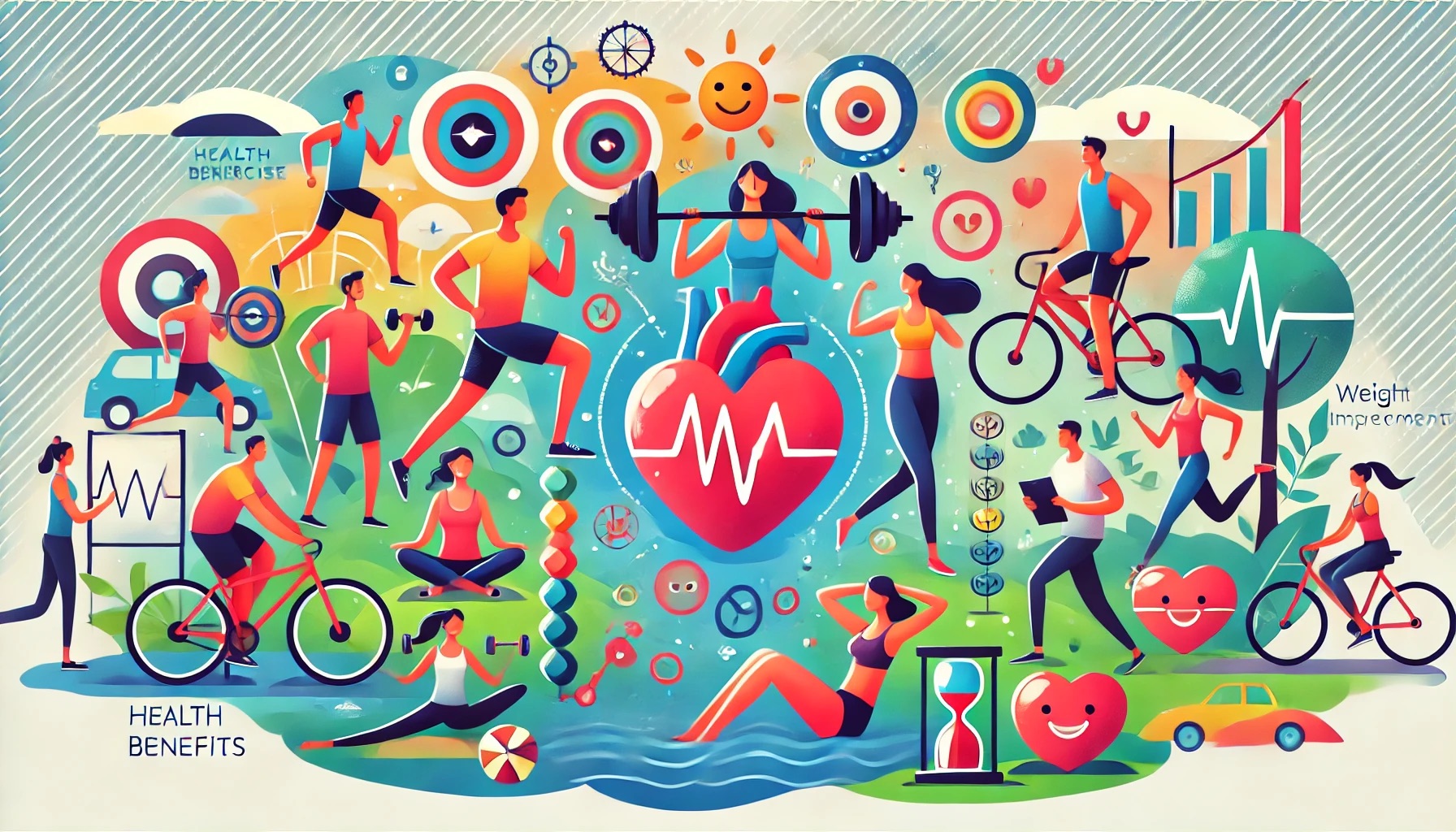Sleep is often overlooked in daily life, yet it plays a vital role in maintaining overall health and well-being. Quality sleep is essential for leading a balanced life, enhancing physical health, and boosting mental clarity. This article explores the profound impact of sleep on health and offers practical tips to improve rest.
Why Sleep Matters
Sleep is not just a time for rest but a dynamic period during which the body and mind undergo critical restoration. Here’s how sleep affects various aspects of health:
- Physical Health: During sleep, your body repairs tissues, regenerates cells, and strengthens the immune system. It also regulates hormones that influence appetite, growth, and stress. Chronic sleep deprivation increases the risk of heart disease, diabetes, and obesity.
- Mental Health: Quality sleep is crucial for emotional regulation and mental clarity. A well-rested brain processes information more effectively, improves decision-making, and consolidates memory. Lack of sleep is linked to increased anxiety, depression, and mood swings.
- Energy and Productivity: Sleep directly impacts energy levels and cognitive performance. Inadequate rest can lead to fatigue, reduced concentration, and slower reaction times, affecting productivity and safety.
The Consequences of Poor Sleep
Insufficient sleep can lead to a range of health issues, including:
- Weakened Immune Function: Sleep deprivation reduces the production of protective cytokines, making the body more susceptible to infections.
- Increased Risk of Chronic Diseases: Sleep deficiency is associated with higher risks of heart disease, high blood pressure, and diabetes.
- Mental Health Struggles: Persistent lack of sleep exacerbates conditions like anxiety and depression and impairs the ability to cope with stress.
- Weight Gain: Sleep affects the hormone balance that regulates hunger and satiety. Poor sleep increases cravings for high-calorie foods, contributing to weight gain.
How Much Sleep Do You Need?
The National Sleep Foundation recommends the following sleep durations based on age:
- Adults (18-64 years): 7-9 hours per night
- Older Adults (65+ years): 7-8 hours per night
- Teenagers and Children: More sleep is necessary, ranging from 8-17 hours depending on age.
Quality is just as important as quantity. Waking up frequently or experiencing restless sleep can diminish the benefits of even a full night’s rest.
Tips for Better Rest
Improving sleep quality starts with establishing healthy sleep habits. Here are some practical tips:
- Stick to a Schedule: Go to bed and wake up simultaneously every day, even on weekends. Consistency reinforces your body’s natural sleep-wake cycle.
- Create a Sleep-Friendly Environment: Keep your bedroom cool, dark, and quiet. Invest in a comfortable mattress and pillows, and consider blackout curtains or a white noise machine if necessary.
- Limit Screen Time Before Bed: Phones, tablets, and computers emit blue light that can interfere with the production of melatonin, a hormone that regulates sleep. Avoid screens at least one hour before bedtime.
- Avoid Stimulants in the Evening: Caffeine and nicotine can disrupt sleep. In the hours before bedtime, opt for herbal teas or other non-caffeinated beverages.
- Practice Relaxation Techniques: Before bed, engage in calming activities like reading, meditation, or gentle yoga to unwind and signal to your body that it’s time to rest.
- Watch What You Eat and Drink: Avoid heavy meals, alcohol, and excessive fluids close to bedtime. While alcohol may make you drowsy, it can disrupt your sleep cycle later in the night.
- Get Regular Exercise: Physical activity can help you fall asleep faster and enjoy deeper sleep. However, avoid vigorous exercise close to bedtime as it can be stimulating.
- Manage Stress: Chronic stress can interfere with sleep. To calm your mind before bed, practice stress-reducing techniques like journaling, deep breathing, or mindfulness.
When to Seek Help
If you consistently struggle with sleep despite adopting healthy habits, it may be time to seek medical advice. Conditions like sleep apnea, insomnia, or restless leg syndrome can significantly impact sleep quality and require professional evaluation.
Sleep is a cornerstone of good health, impacting everything from your immune system to your mental well-being. Understanding its importance and implementing strategies for better rest can enhance your quality of life and reduce the risk of health issues. Start prioritizing sleep today—it’s one of the best investments you can make for your overall health and happiness.
Dr. Barbara R. Edwards practices at Penn Medicine Princeton Health in the Princeton Medical Center and is the Academic Director for their Ambulatory Residency Program.






